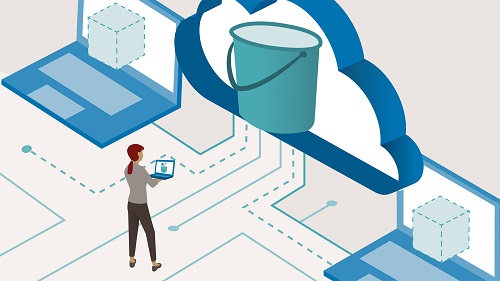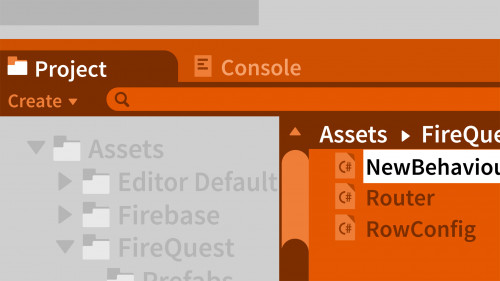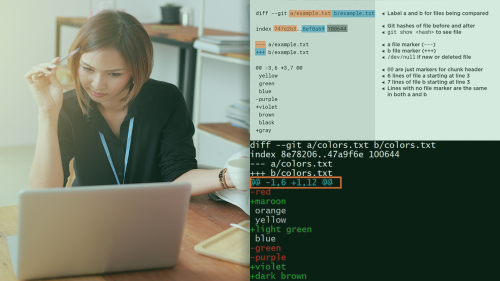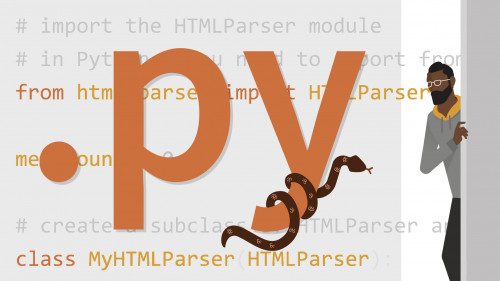
Linkedin Learning – ASP.NET Working with an AWS S3 Bucket-XQZT
English | Size: 371.24 MB
Category: Tutorial
Learn to use AWS S3 Buckets to save time and money on your data infrastructure setup

Linkedin Learning – ASP.NET Working with an AWS S3 Bucket-XQZT
English | Size: 371.24 MB
Category: Tutorial

LinkedIn Learning – Unity: Working with Google Firebase
English | Size: 4.1GB
Category: Tutorial

PluralSight – Working With Git Branches Updated 20210917 Bookware-KNiSO
English | Size: 299.17 MB
Category: Tutorial

Linkedin Learning – UX DesignOps Working with Developers-XQZT
English | Size: 85.21 MB
Category: Design

Linkedin Learning – Python Working with Files-XQZT
English | Size: 320.35 MB
Category: Tutorial